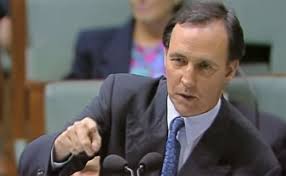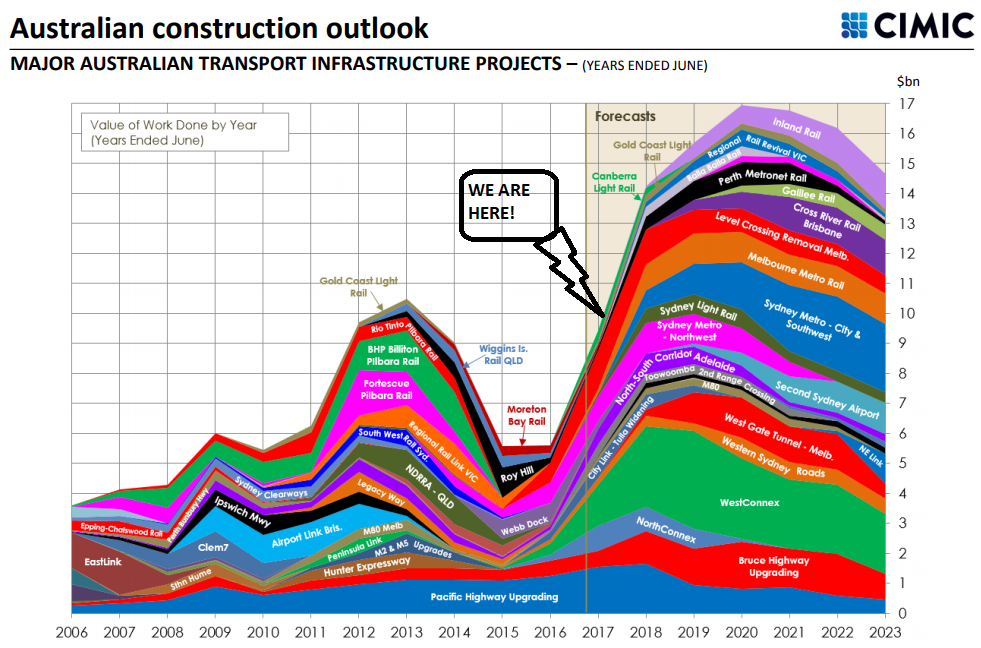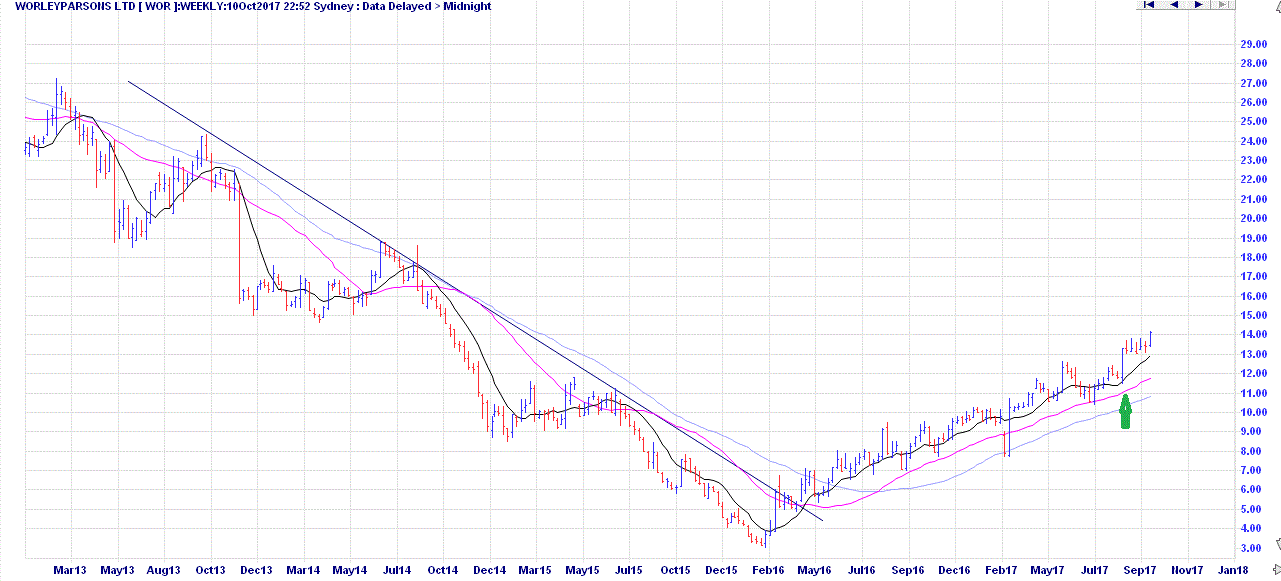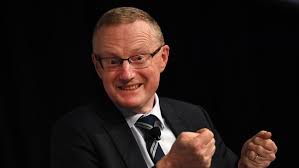
Paul Keating, the father of dividend imputation (franking credits) in 1987 – when he was the Treasurer for the Australian Government. He was Prime Minister 1991-96 and is shown here ready to nail to the wall any “24 carat pissants” and “mangy maggots” that cross his path. Source
Previous posts One and Two in this series show a few simple ways to calculate your portfolio performance. Slack Investor has a complicated set of portfolios with inflows and outflows during the year and, for an accurate performance figure, it is necessary to account for the time that your money is available for investment. For example, an additional $10000 invested at the start of the year should add more value to your portfolio compared to an addition in the last week of the year.
I usually calculate returns before taxes, this is sometimes referred to as “gross of tax”. An important reason to do these calculations is to compare your investments with other investments, such as a managed fund, super fund, ETF or another benchmark. With very few exceptions, performance figures are always reported pre-tax. In Australia, we are lucky enough to have our dividends mostly “franked” or tax paid at the rate of 30%. Thanks Paul Keating … you are a legend!
So I include these franking credits in my return calculations as they represent tax already paid on my Australian Dividends.
The Internal Rate of Return (IRR) and Time-Weighted Return (TWR) are two different ways of calculating portfolio performance. The IRR measures the actual return achieved by an investor’s money in a portfolio. There are also good arguments for using the TWR, Both IRR and TWR take into account the time value of money … The arguments for each are presented here –
Slack Investor likes to do things accurately … but easily! The TWR requires a portfolio valuation after every inflow/outflow and this adds an extra step to the calculation. With a spreadsheet, the IRR calculation is a simpler process. So Internal rate of Return (IRR) is what I use.
3. Portfolio with inflows and outflows – Internal Rate of Return (IRR)
The IRR is also known as the “money weighted rate of return” and the calculation is complex as it involves trial and error mathematics – for the enthusiasts further details can be found here.
The good news is that with an Excel spreadsheet, all this is taken care of by the XIRR function and you only have to enter the start value of your portfolio, dates of inflow/outflows and finish value. I have included the rather complex set of inflows and outflows based upon my SMSF portfolio and hope that your portfolio is simpler. Just use the lines that you need, but it is important that you have an initial date and balance, and a finish date and balance – (scroll down to the bottom of the spreadsheet). Inflows are entered as positive numbers and outflows as negative.
To download the Excel spreadsheet that that performs these calculations go to the Resources Page.
Of course, if this is too difficult, you can always get a bit of software to do your portfolio management and return calculations. Slack Investor likes to keep the costs of investing on the down low and Sharesight in Australia is an excellent choice for the starting investor. They offer free monitoring of investments, capital gains and performance reports if you have 10 or less investments to track. Slack Investor monitors his shares with the retired but excellent (and free) “Sunset” international version of Microsoft Money Australian Version, UK Version, US Version linked into share prices with MSMoneyQuotes. The latter is not freeware but it is $10 US well spent.
In the USA, Personal Capital is recommended.





